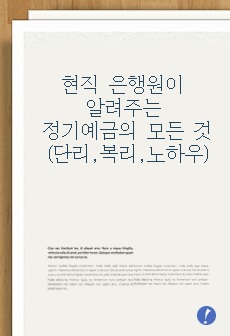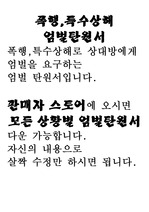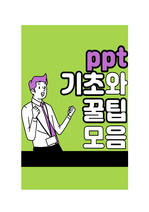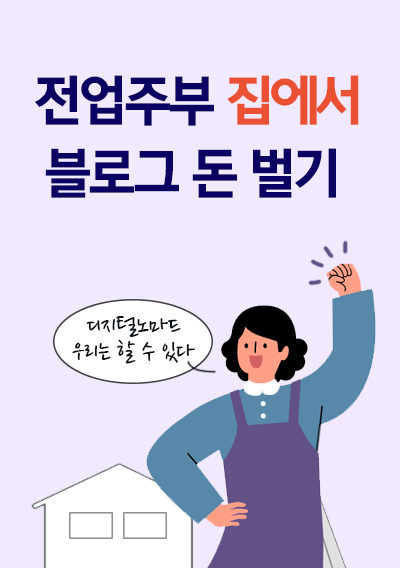과학 학습 부진아 지도로서의 중재반응모형(RTI)의 적용 효과
* 본 문서는 배포용으로 복사 및 편집이 불가합니다.
서지정보
ㆍ발행기관 : 이화여자대학교 교과교육연구소
ㆍ수록지정보 : 교과교육학연구 / 17권 / 4호
ㆍ저자명 : 주혜련, 박종호
ㆍ저자명 : 주혜련, 박종호
목차
I. 서 론II. 연구방법
III. 연구결과 및 논의
IV. 결론 및 제언
한국어 초록
현대 과학 교육은 ‘모든 이를 위한 과학’을 지향하고 있다. 과학적 인재를 양성하는데 주력하는것이 아니라 모든 이에게 과학적 소양을 함양시킬 수 있는 과학교육에 집중하는 것이다. 초등교육은 더욱 그러하다.이에 본 연구는 중재 반응(Response to Intervention, RTI)을 적용하여 과학학습 부진아동을 지도하여 구제하는데 효과가 있는지 입증하기 위해 실시되었다. 초등학교 5학년 아동을 대상으로 하였으며 5학년 2학기 3단원 ‘물체의 속력’단원으로 중재 프로그램을 구성하였다. 중재 1단계에서는 3주에 걸쳐 과학 전담 교사가 일반 교수를 실시하였고, 중재 2단계는 8주간연구자가 직접 교수법을 활용한 소집단 교수를 실시하였다. 1단계에서 학업 성취도 검사 2회, 교육과정중심평가는 4회를 실시하여 두 검사 점수의 합이 하위 15%를 나타내는 15명을 과학학습 부진아동으로 선별하여 그 중 본인의 동의를 얻은 11명을 2단계 연구를 실시하였고, 2단계에서는 총3회의 학업성취도 검사와 총 10회의 교육과정중심평가를 실시하여 중재반응의 효과를 분석하였다. 그 결과 2단계 중재로 과학 학습부진 아동으로 선별된 11명의 아동 중 8명이 일반 아동을 뛰어넘은 점수를 획득하였다. 따라서 과학학습 부진아동이라 할지라도 중재반응의 2단계 소집단 교수에 성실히 임한 부진아동은 일반 아동과 같은 학업성취도를 보일 수 있음을 확인하였고, 구제되지 못한 나머지 3명의 아동은 동일한 시간동안 동일한 중재를 적용했음에도 불구하고 반응하지 않았으므로 과학학습 부진아동이라고 판별할 수 있었다. 또한 2단계에서 반응을 보이지 않아 과학학습 부진아동으로 판별된 아동이 모두 수학기초 학습부진이었던 것으로 나타나 수학기초 학습부진과 과학 학습부진은 관련성을 가지고 있음을 볼 수 있었다. 이러한 연구 결과를 바탕으로 이제껏 수학에서만 다루어지던 틀을 깨고 앞으로는 과학에서도 중재반응을 적용한 중재 프로그램을 통하여 과학학습 부진아동의 구제와 판별에 기여할 것으로 보인다.
영어 초록
This study attempted to demonstrate the effect of Response to Intervention(RTI) as a teachingmethodology for underachievers in science. The participants were fifth-grade students, and the
intervention program involved the science textbook section 'The speed of an object'. In the first
stage of the intervention, the subject matter was taught generally over a period of three weeks.
The researcher conducted subgroup teaching using the direct method of teaching in the second
stage of the intervention for eight weeks. This study consisted of three stages: the first stage
of the intervention involved selecting underachievers in science and determining their
baseline(the bottom 15%), the second provided sixteen thirty-minute sessions, twice a week over
eight weeks. In the first stage of the RTI program, the researcher selected eleven underachievers
in a fifth-grade science class for an experimental group. In the second stage, interventions were
provided to them based on the Direct Instruction(DI) method. During the interventions, three
achievement tests and ten curriculum-based assessments were conducted. The major research
findings were as follows: first, the interventions based on the DI approach had positive effects
on the underachievers. The science underachievers showed a higher achievement level than the
general students when a sincere attitude was indicated. Second, the RTI program had positive
effects on some of the science underachievers; although three of the eleven participants in the
second stage showed no significant change. Third, this study suggests that underachieving in
mathematics and science is closely related; science underachievers in the second stage were all
underachievers in mathematics, too.
RTI has not been applied to mathematics classes; but, based on the results of this study. RTI
in science classes should be actively carried out in the future; it could contribute to the relief
and determination of science underachievers.
참고 자료
없음"교과교육학연구"의 다른 논문
 생명공학 SSI 수업에서 나타난 영재 중학생들의 의사결정 변화의 유형 분석22페이지
생명공학 SSI 수업에서 나타난 영재 중학생들의 의사결정 변화의 유형 분석22페이지 과학탐구의 핸즈온 활동 내용, 사고 활동 내용, 논리적 구조 측면에서의 초등 과학 교과서 분석17페이지
과학탐구의 핸즈온 활동 내용, 사고 활동 내용, 논리적 구조 측면에서의 초등 과학 교과서 분석17페이지 Extensive Reading for Korean EFL Learners:Motivation as..24페이지
Extensive Reading for Korean EFL Learners:Motivation as..24페이지 생태놀이를 활용한 유아환경교육 프로그램이 유아의 환경 친화적인 태도에 미치는 효과17페이지
생태놀이를 활용한 유아환경교육 프로그램이 유아의 환경 친화적인 태도에 미치는 효과17페이지 Mathematics classes in Taiwan, Singapore, and the Unite..19페이지
Mathematics classes in Taiwan, Singapore, and the Unite..19페이지 2009 개정 물리 교육과정의 성취기준에 사용된 서술어의 특징16페이지
2009 개정 물리 교육과정의 성취기준에 사용된 서술어의 특징16페이지 백워드 설계에 기반한 융합인재교육(STEAM) 프로그램 개발 및 적용20페이지
백워드 설계에 기반한 융합인재교육(STEAM) 프로그램 개발 및 적용20페이지 Analysis of Pattern Generalization Problems of Korean M..20페이지
Analysis of Pattern Generalization Problems of Korean M..20페이지 일반 화학 실험에서의 글쓰기 지향 마인드맵 적용 효과22페이지
일반 화학 실험에서의 글쓰기 지향 마인드맵 적용 효과22페이지 2009 개정 수학과 교육과정에 따른 중학교 수학 교과서의 기하영역 분석21페이지
2009 개정 수학과 교육과정에 따른 중학교 수학 교과서의 기하영역 분석21페이지


















